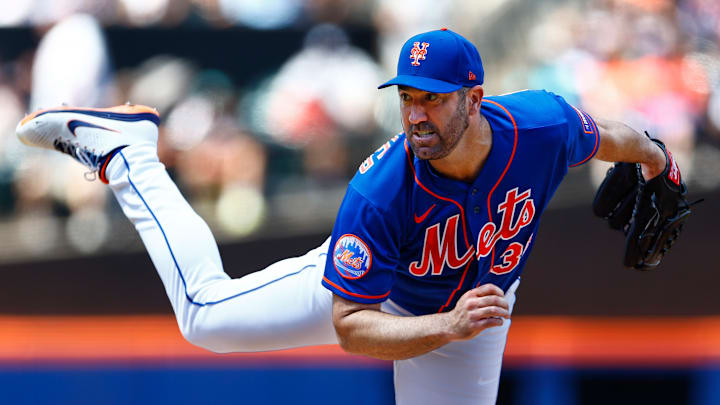NY Mets trade deadline failure: The Mets did not sell high on Brooks Raley and Adam Ottavino
Building a good bullpen is so hard because of how volatile good relievers can be. Take Edwin Diaz for example. He had a 57-save season before the Mets acquired him, then had a historically bad first year with the Mets, and then was elite again. Diaz is mostly reliable, but other relievers are extremely hard to trust. Brooks Raley and Adam Ottavino fit into that category.
Raley had an ERA approaching 5.00 in 2021 for the Astros, while Ottavino had a 4.21 ERA in Boston that season. They've both been good in each of the last two seasons including this one, but who knows what they'll do next year? They both have options for the 2024 season with Raley's being a club option and Ottavino having a player option. They're both in their mid-30's and could really help a contender right now.
Paul Sewald, a pitcher with the same control as Ottavino and Raley, netted the Mariners a really solid return. With the Mets trading away their two veterans who were under control through the 2024 season and not planning on having World Series aspirations, why not trade these older relievers and sell high on their values?
Raley, after a rough start, has a 2.37 ERA on the season. Ottavino also got off to a rough start and has a 3.35 ERA. Ottavino allowed just one run in 11 appearances and 10.1 innings pitched in July while Raley has allowed just two runs (both in one outing) in his last 17 appearances and 14.2 innings pitched.
The Mets didn't have to trade Scherzer or Verlander but sold high on those players to get prospects. They could've done the same thing with these relievers and chose not to.
